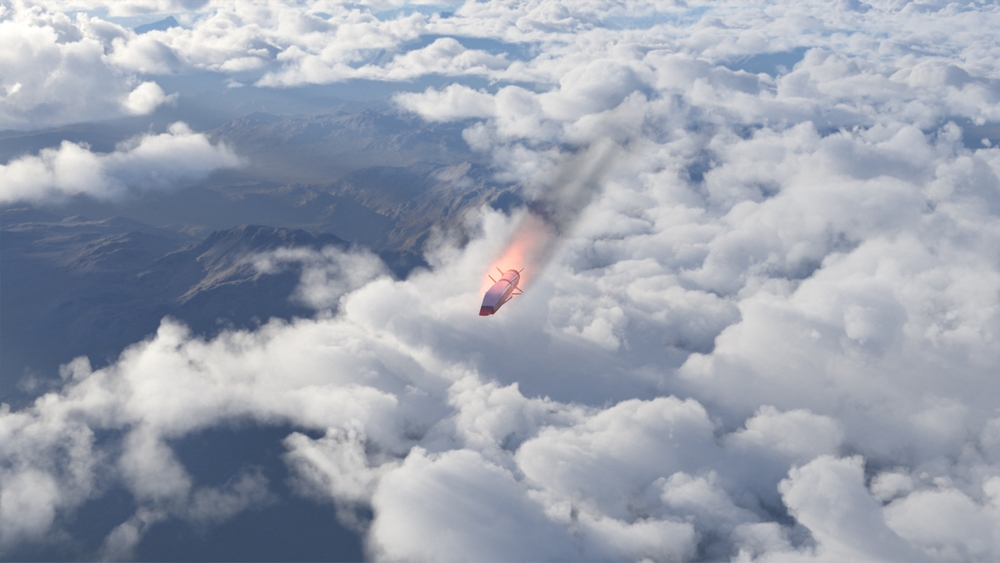the U.S., which has been working on hypersonic technology for over a decade.
Others are reading now
The United States has announced a major milestone in its hypersonic weapons program, aiming to complete final testing of its long-range hypersonic weapon by the end of 2024, with the possibility of deployment by the U.S. Army.
Already Part of Chinese and Russian Arsenal
This marks a significant step for the U.S., which has been working on hypersonic technology for over a decade.
Hypersonic weapons, defined as those traveling at speeds of at least Mach 5, are already in the arsenals of Russia and China, raising concerns about the U.S. lagging behind in this critical area, according to Portal O’Bronny.
Hypersonic missiles have been a topic of media focus since February 2022, though Russia has been showcasing its hypersonic capabilities, such as the Avangard and the Kh-47M2 Kinzhal, for years.
Also read
Despite initial fears about the invincibility of these weapons, practical assessments have shown that the Kinzhal, for instance, is not as unstoppable as advertised.
Pentagon Increases Funding
The concept of hypersonic weapons is not new; in fact, ballistic missiles have been achieving hypersonic speeds for decades.
What distinguishes modern hypersonic weapons is their ability to maneuver at various altitudes while maintaining speeds of at least Mach 5, making them significantly more precise compared to traditional ballistic missiles.
The U.S. is working on several advanced hypersonic projects, including the Common Hypersonic Glide Body (CHGB) developed by Dynetics Technical Solutions in collaboration with the U.S. Navy.
This project, which has been underway for five years, involves a contract valued at $351.6 million to develop 20 prototypes. The CHGB is designed to be versatile, capable of being launched from both sea and land.
The Pentagon has significantly increased funding for hypersonic technologies in recent years. From $2 billion in 2020 to $6.9 billion in the current budget, the U.S. is intensifying its efforts to catch up with Russia and China.
Despite this, the advanced capabilities of Russia’s Avangard, which reaches speeds up to Mach 20 and can carry either conventional or nuclear warheads, highlight the challenges the U.S. faces.


